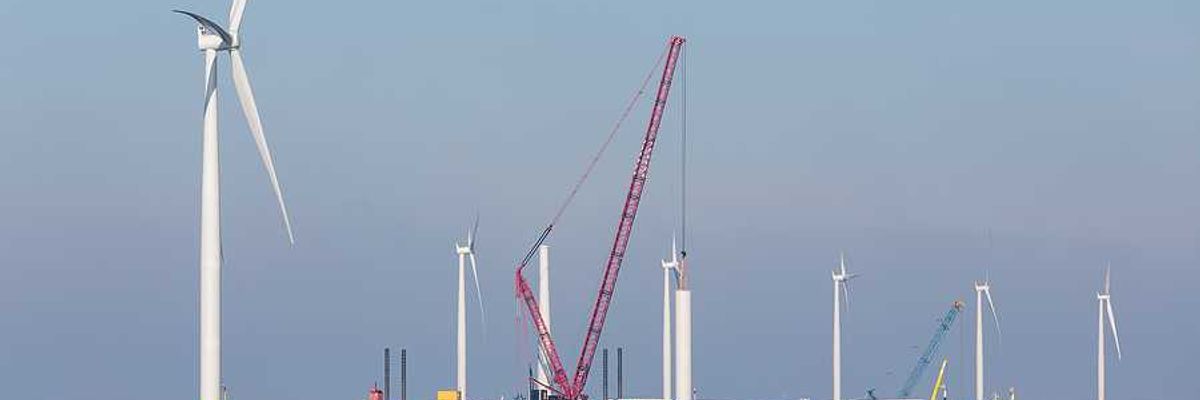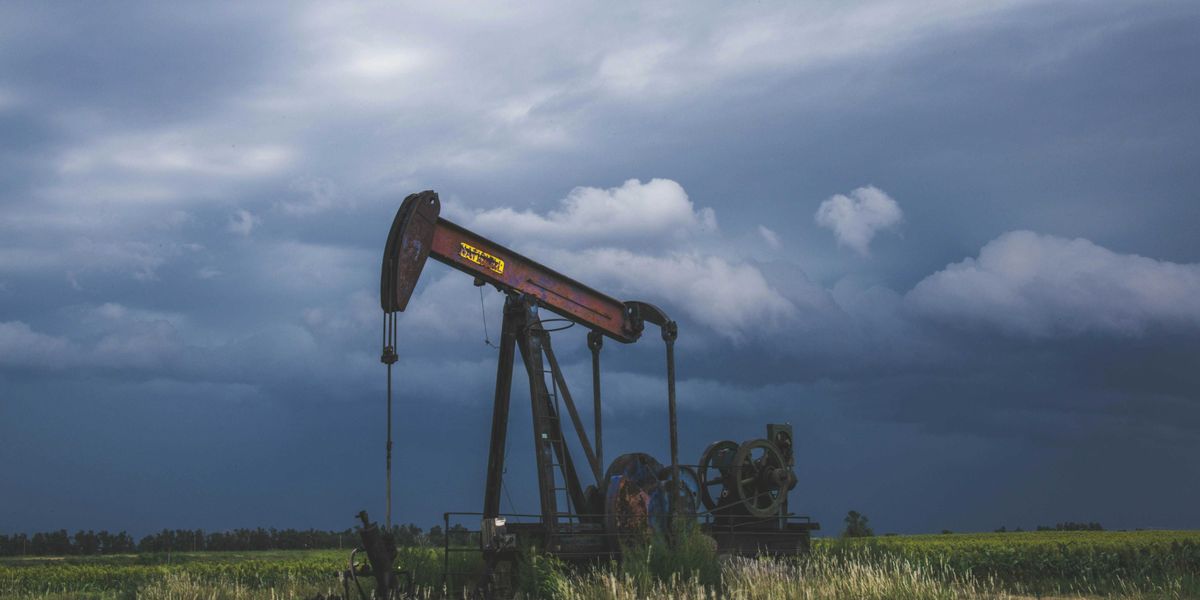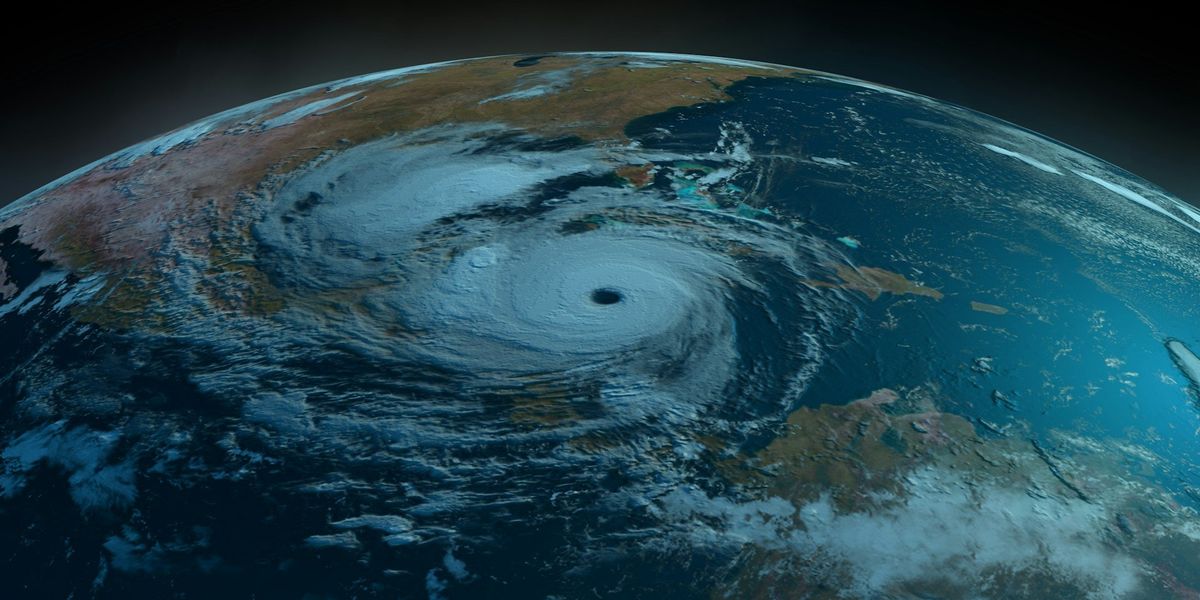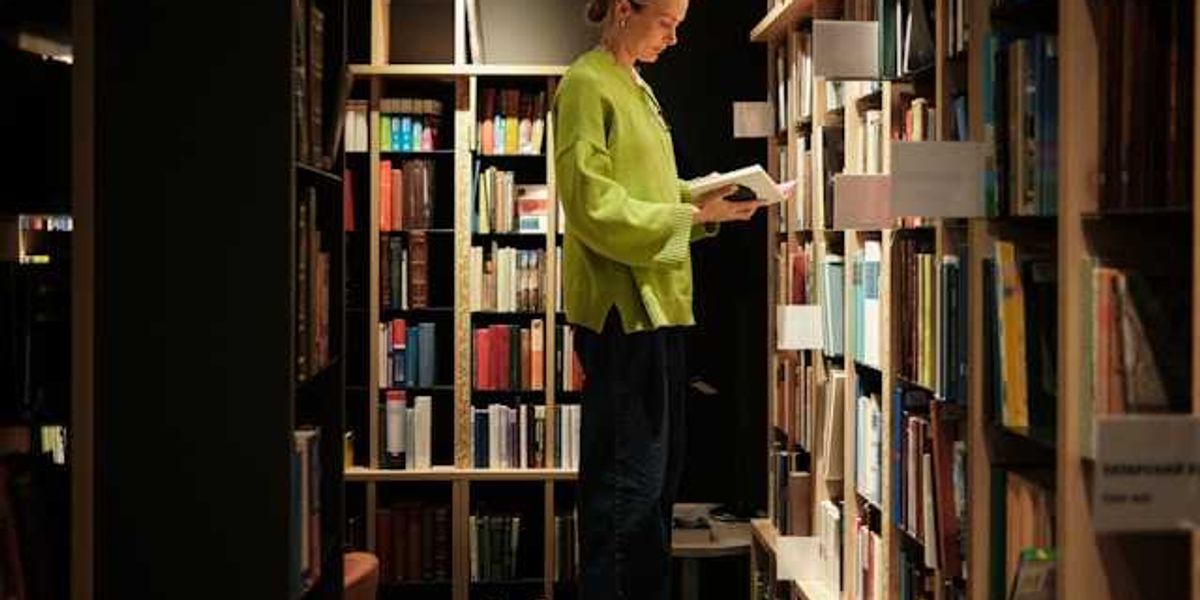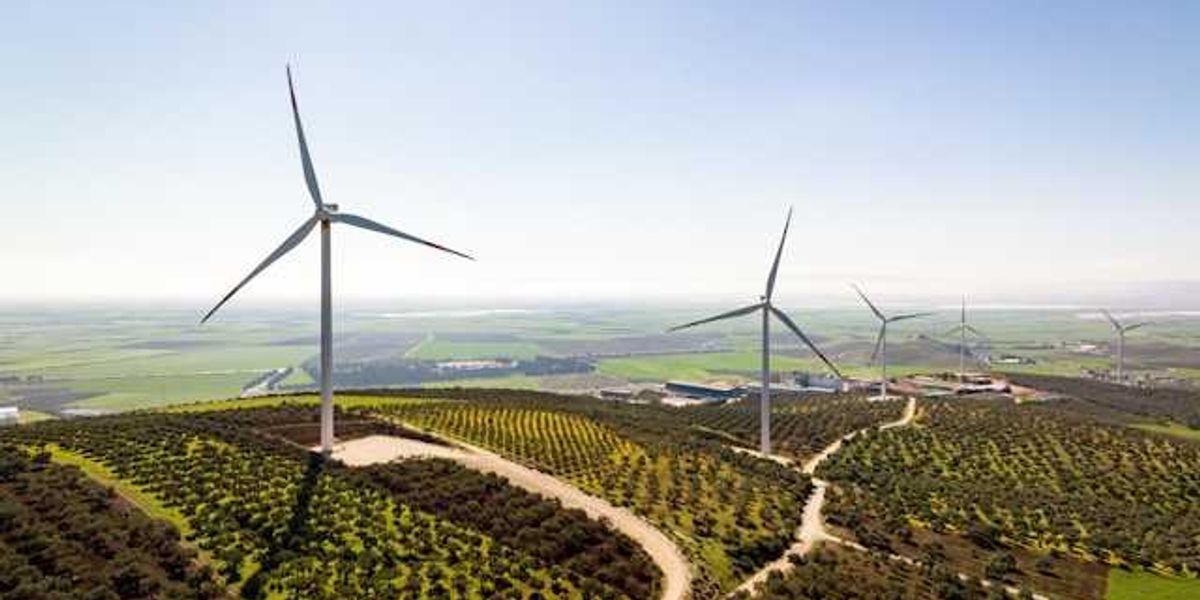terminals
Biden-appointed judges question FERC's LNG project approvals
In a recent court hearing, judges scrutinized the Federal Energy Regulatory Commission's evaluation of climate and air quality impacts of liquefied natural gas export terminals.
In short:
- Judges from the U.S. Court of Appeals expressed concern about FERC's assessment of greenhouse gas emissions and air quality impacts from LNG projects.
- The discussion focused on the environmental challenges against FERC's approval of the Commonwealth LNG project in Louisiana.
- The court previously urged FERC to enhance its analysis of greenhouse gas emissions, questioning the agency's methodology and decision-making process.
Key quote:
“I think the bottom line is there is no line that you would think greenhouse gas emissions are significant.”
— Judge Florence Pan
Why this matters:
This case underscores the growing judicial scrutiny over energy projects' environmental impacts, particularly in the context of national efforts to address climate change. It highlights the importance of rigorous environmental assessments in major federal actions, emphasizing the balance between energy development and environmental stewardship.
LNG production comes with a price, Gulf Coast communities warn.
As the US exports more gas, Louisiana communities pay the price
The U.S. is now the world's top exporter of liquefied natural gas. Towns in southern Louisiana are paying the price, write Lylla Younes and Jake Bittle in Grist.
In a nutshell:
A rush in global demand for natural gas has led to the construction of liquefaction terminals along the Gulf Coast, enabling American fossil fuel exports. Venture Global is one such company, building a terminal in Plaquemines Parish, Louisiana with another underway in Cameron Parish. While this expansion is transforming the energy landscape, it has consequences for local residents, who face air pollution from flares and leaks, as well as increased risk of accidents and explosions.
Key quote:
"It's not just that each of these facilities is like a giant death star on sinking land, it's that there's so many of them," said Elizabeth Calderon, a senior attorney at the environmental nonprofit Earthjustice who has worked on cases challenging LNG terminals in south Louisiana. "This is how sacrifice zones are created."
The big picture:
Liquefaction facilities have a history of leaks and explosions, and the process involves the use of toxic chemicals that can be harmful to human health. The Louisiana terminals are built on eroding swamplands, leading to greater risk of catastrophic accidents during storms and hurricanes, putting nearby communities in the blast zone.
Read the article at Grist.
For additional context, EHN's Angela Marie Hutchinson wrote a piece aiming to amplify the voices of fenceline communities fighting toxic pollution, like those in the Gulf Coast.




